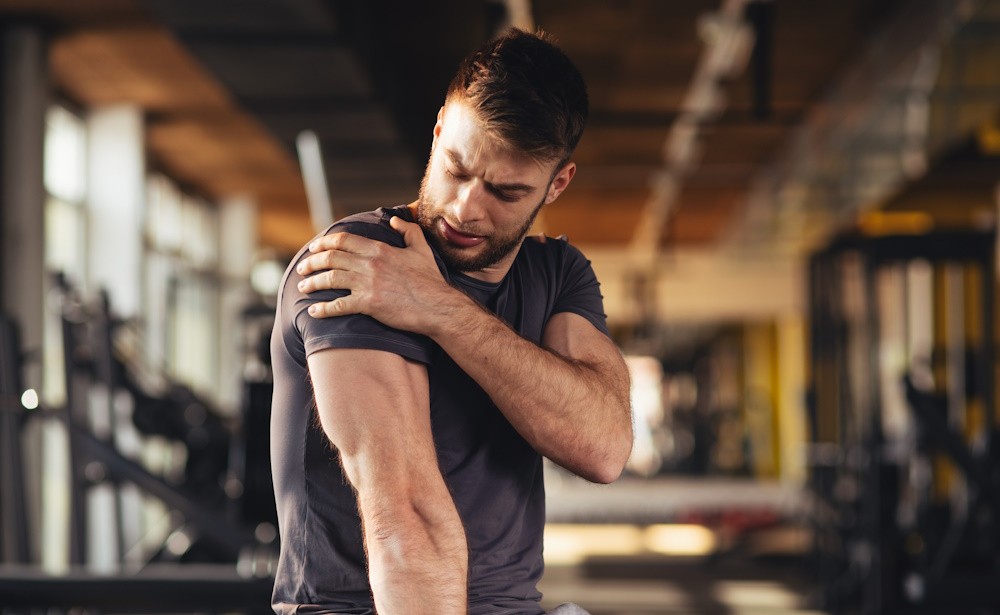Contact the Best Orthopedic Doctors in Wichita for Sports-Related Injuries and Rehab Services
Baseball is one of America’s favorite pastimes. Although it’s hard to imagine sunny days at the diamond in the middle of winter, countless athletes are already working on their conditioning to prepare for spring training and the upcoming season.
As a team of orthopedic doctors who work closely with athletes, we know that athletic activity is synonymous with injury. Contact sports like football present the highest risk because hitting occurs literally every play. Concussions and fractures are far more common compared to other sports.
Despite its non-contact nature, baseball players face potential injuries to joints, muscles, ligaments, and bones, necessitating attention from athletic trainers skilled in orthopedic sports medicine. Let’s shed light on the most common baseball injuries and how orthopedic doctors near you treat them.
Skin Injuries and Minor Tissue Damage
Over the course of a typical baseball game, there are several instances of runners sliding into bases and outfielders diving to make a catch. Further, some batters may get hit by a wild pitch. The typical high school pitcher can reach velocities in the 80s or even 90s, so getting hit usually results in bruised tissue.
For baseball players in Wichita, orthopedic doctors aren’t essential for treating tissue injuries and common wear and tear. However, if a player experiences prolonged joint pain or lack of mobility due to being hit by a pitch, sliding, or diving, then an appointment should be made with an orthopedic doctor.
Players can mitigate the risk of tissue damage by wearing protective equipment and clothing that protects their skin. In the event of a wild pitch, players should prioritize protecting their head and retreat from the batter’s box to avoid contact.
Overuse Injuries
Tennis elbow is perhaps the most common example of an overuse injury that people are familiar with. The repetitive swinging motion combined with the force used when hitting the ball can lead to pain and inflammation in the elbow, especially when improper technique is used.
Baseball players – specifically, pitchers – are at risk of developing an overuse injury from repeatedly throwing the ball with significant force. Most high schools have implemented a pitch count to help curb overuse injuries, but throwing more than 100 pitches in a single game can get the best of anyone.
Repetitive throwing motions in baseball can lead to pain and tissue damage that affects the shoulder, elbow, or wrist. In most cases, players can recover from overuse injuries with extended rest, heat or ice therapy, compression, and over-the-counter pain medications. What they shouldn’t do is try to “tough it out” and play through it, which can exacerbate the injury.
If a player still feels pain while throwing after extended rest and at-home treatments, this may be an indicator of something more serious. In that case, the best course of action is to reach out to an orthopedic doctor near you who specializes in treating athletes.
Torn Labrum
Tissue damage and overuse injuries can heal on their own without the intervention of an orthopedic doctor. A torn labrum, on the other hand, requires immediate medical attention.
The labrum provides stability to the shoulder joint and holds the bones in their proper place. The throwing motion in baseball puts stress on the labrum, causing swelling, inflammation, pain, and weakness. This is especially common with pitchers who repeatedly throw the ball with force inning-after-inning.
Torn labrums necessitate attention from the best orthopedic doctors to ensure they are correctly treated. Arthroscopic surgery – a minimally invasive method that uses small incisions – is typically used to address this injury. Players usually recover in approximately four to six weeks and are required to keep the recovering arm in a sling.
Rotator Cuff Injury
The rotator cuff is the group of tendons and muscles that foster movement in arm and shoulder while holding the shoulder joint in place. Rotator cuff injuries can either develop gradually or suddenly, and similar to labrum tears, are most prevalent in pitchers. The most common symptoms of a rotator cuff injury include:
- Arm weakness.
- Limited mobility.
- Dull aches in the shoulder.
- Pain that disturbs sleep.
Players experiencing any of these symptoms should contact an orthopedic doctor near them for an exam. It’s important to diagnose rotator cuff injuries as early as possible to fully gauge the extent of the damage. Not doing so may result in permanently losing function in the shoulder joint or chronic weakness.
If the tear in the rotator cuff is minimal, players may have the option for an arthroscopic repair, which means faster recovery time. Full tears, however, require traditional open surgery, resulting in a much longer recovery process. It’s advised to consult with the best orthopedic doctors to ensure surgery is properly performed and speedy recovery is possible.
How to Connect with an Orthopedic Doctor in Wichita
No player ever plans to get injured. However, should the worst-case scenario unfold, it’s important to be prepared. First, athletic training is an excellent way to prepare players to play baseball at a high level while mitigating common injuries. Additionally, parents should identify which Wichita orthopedic doctors have the resources and experience to treat their athlete.
It’s worth noting that certain orthopedic practices provide sports medicine, athletic training, and orthopedic treatments all under one roof. Parents of athletes find this highly convenient because it reduces the need for external patient referrals. Contact an orthopedic doctor near you today to inquire about the benefits of athletic training before this season of baseball officially kicks off.

